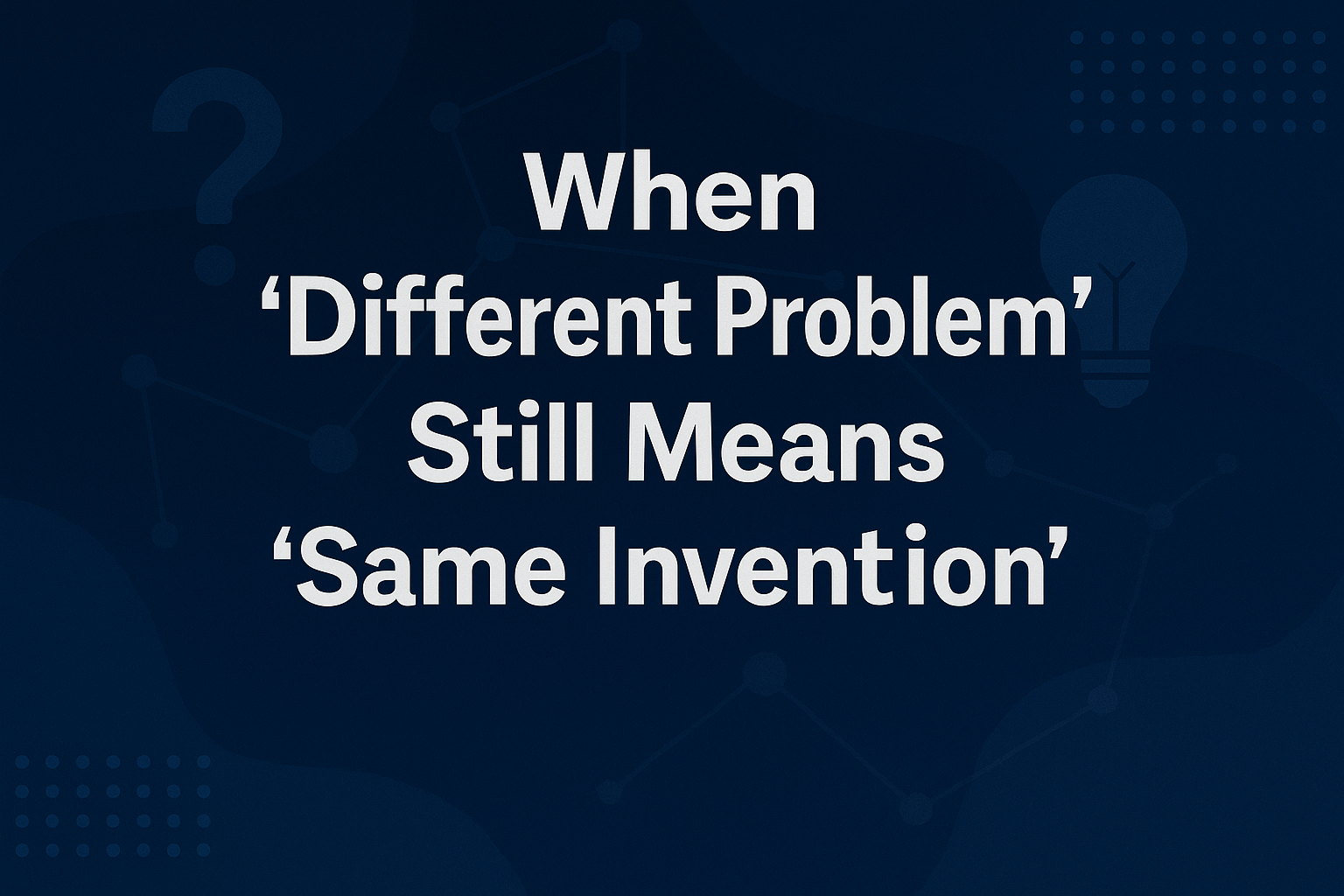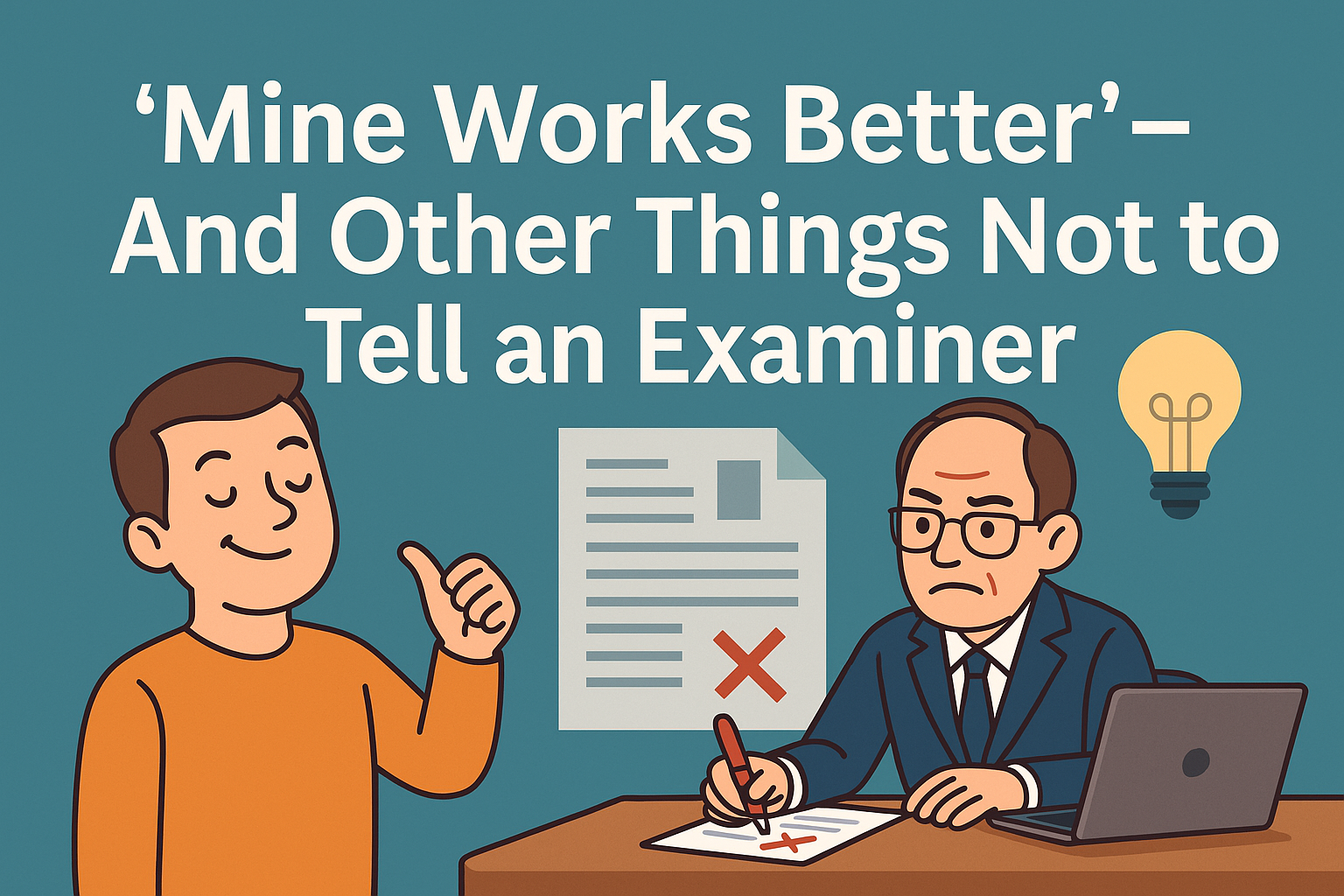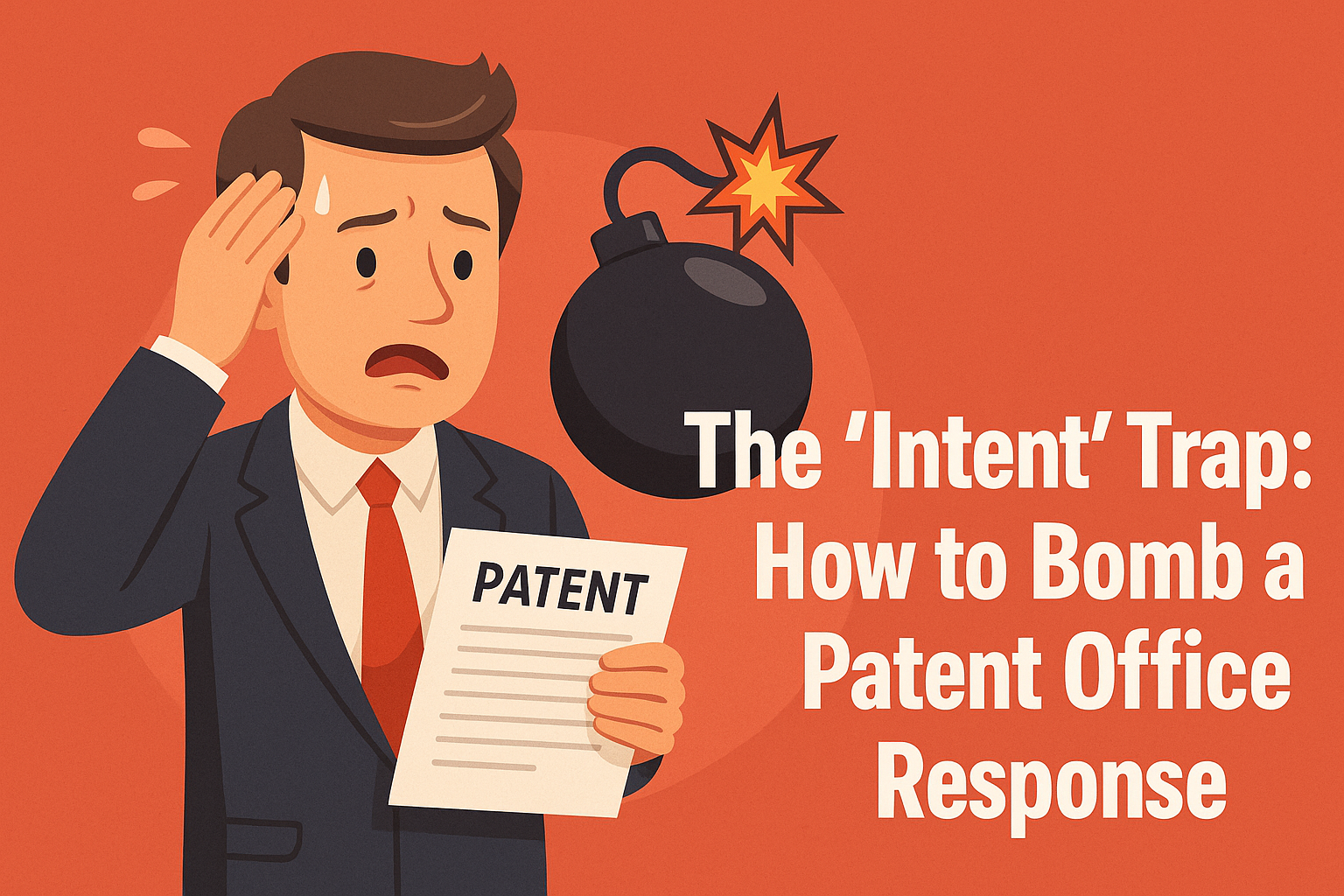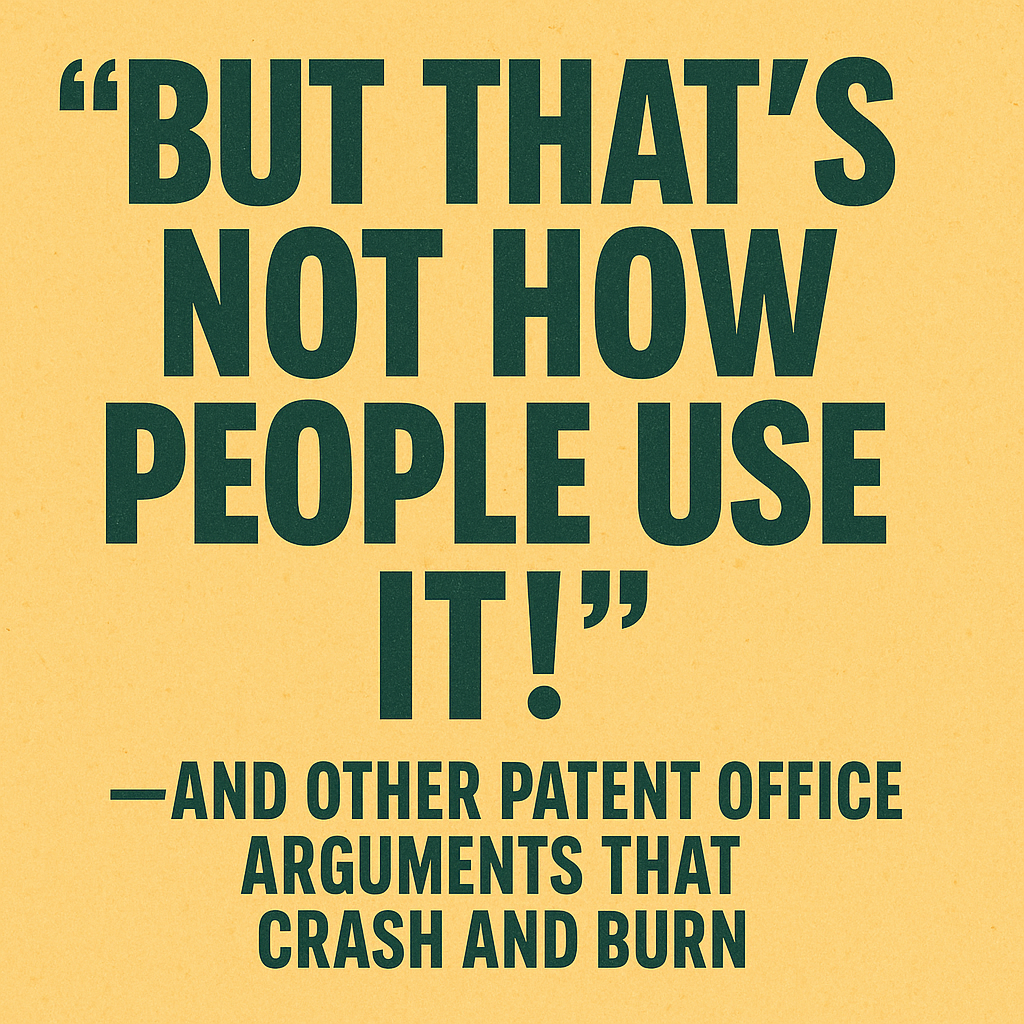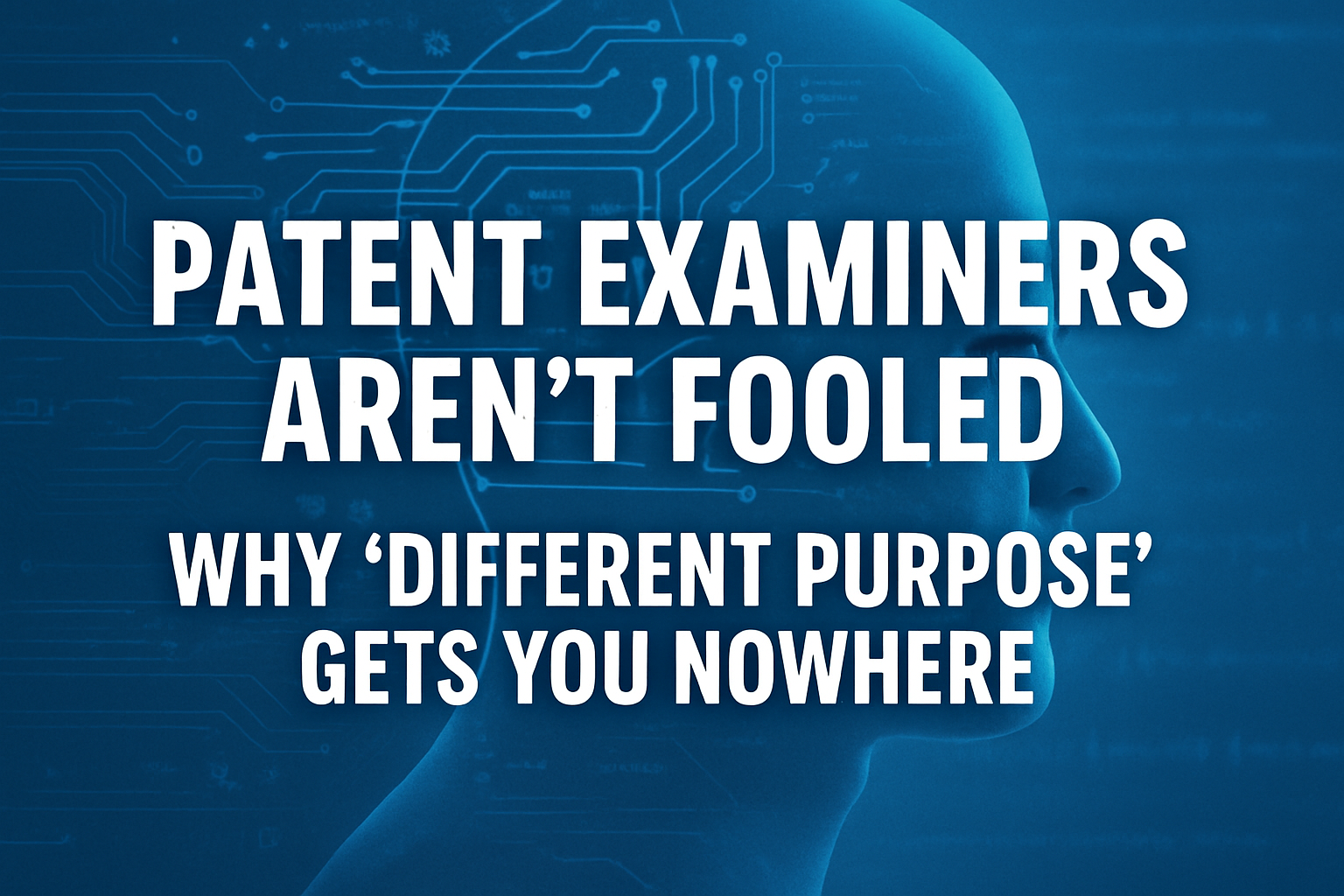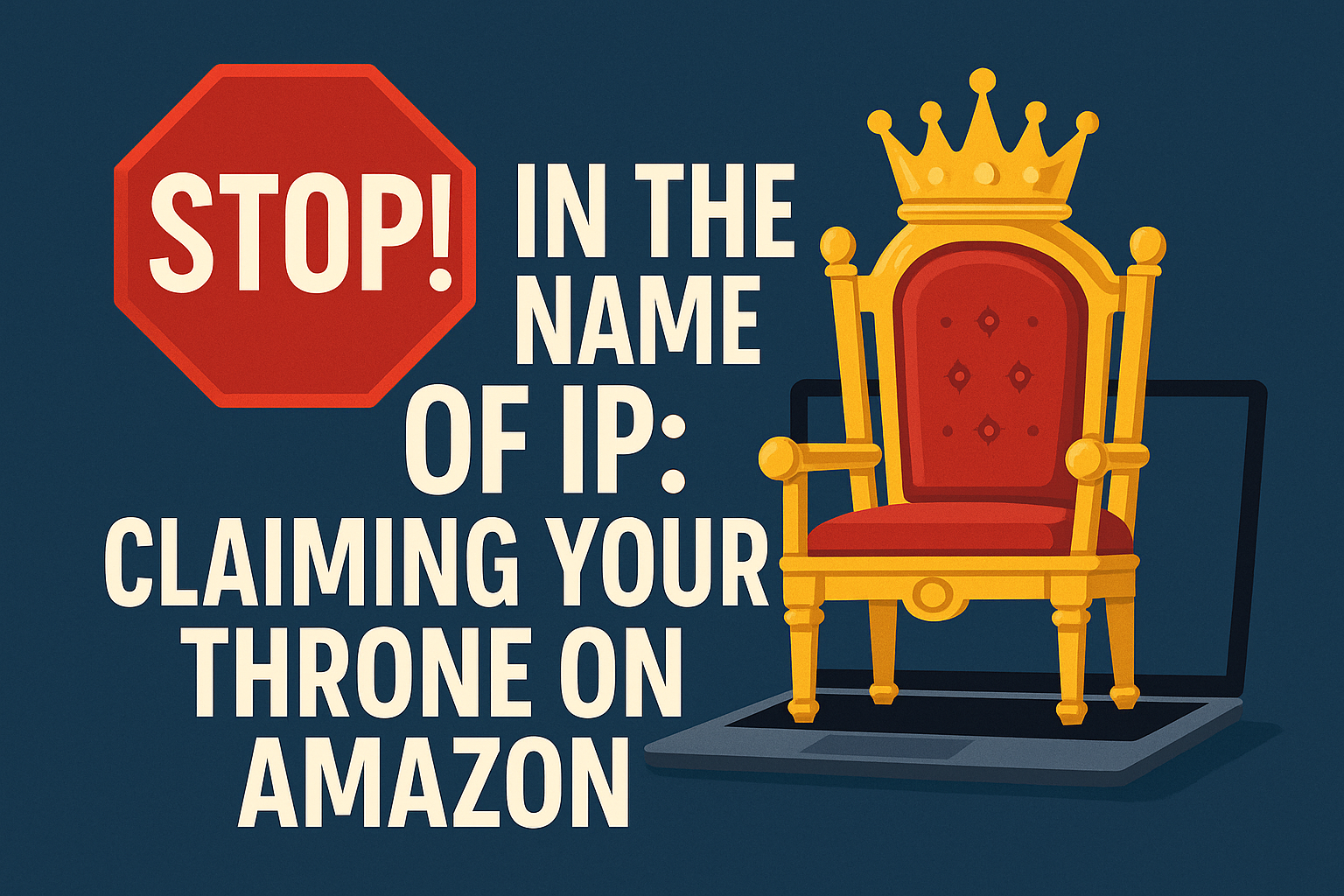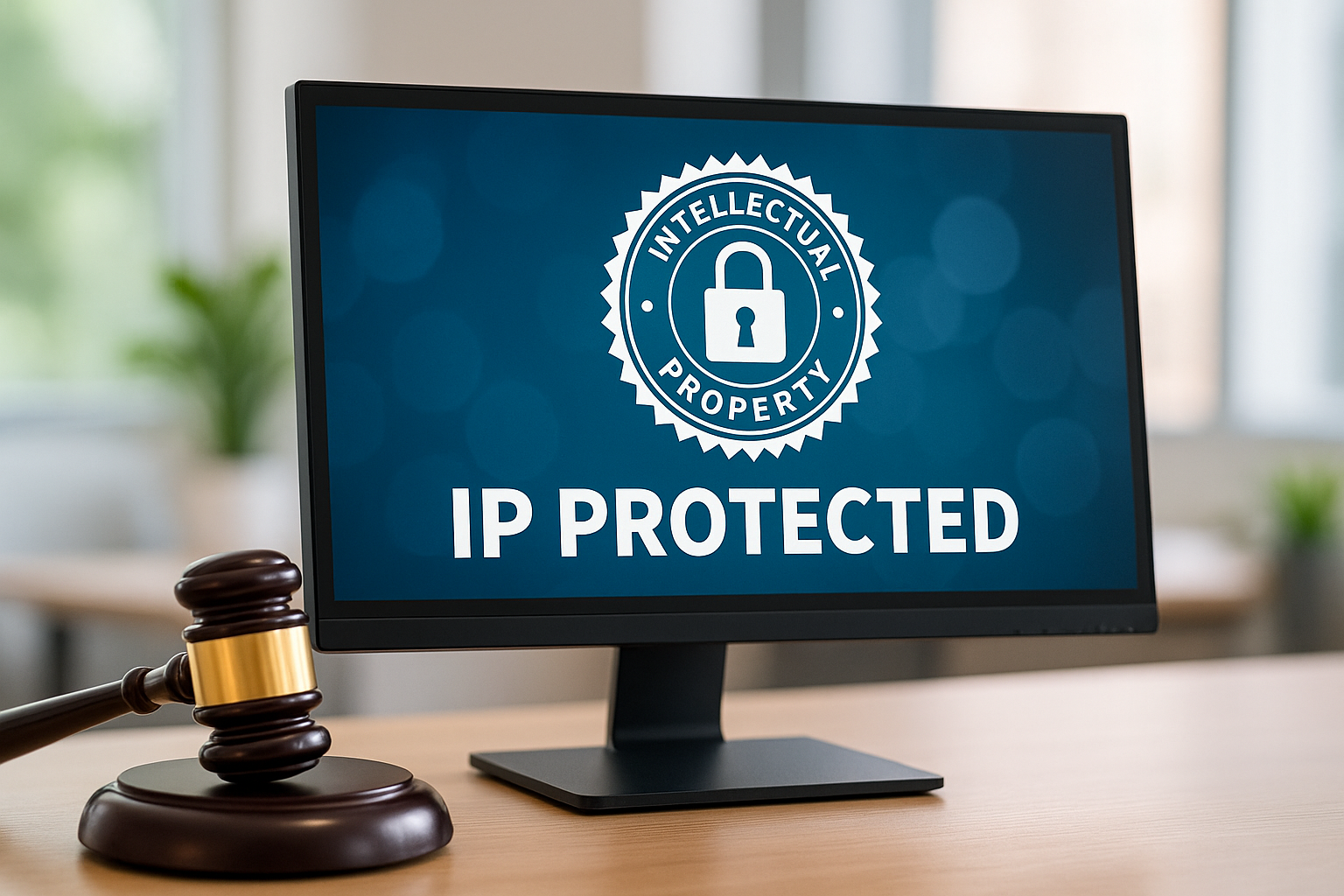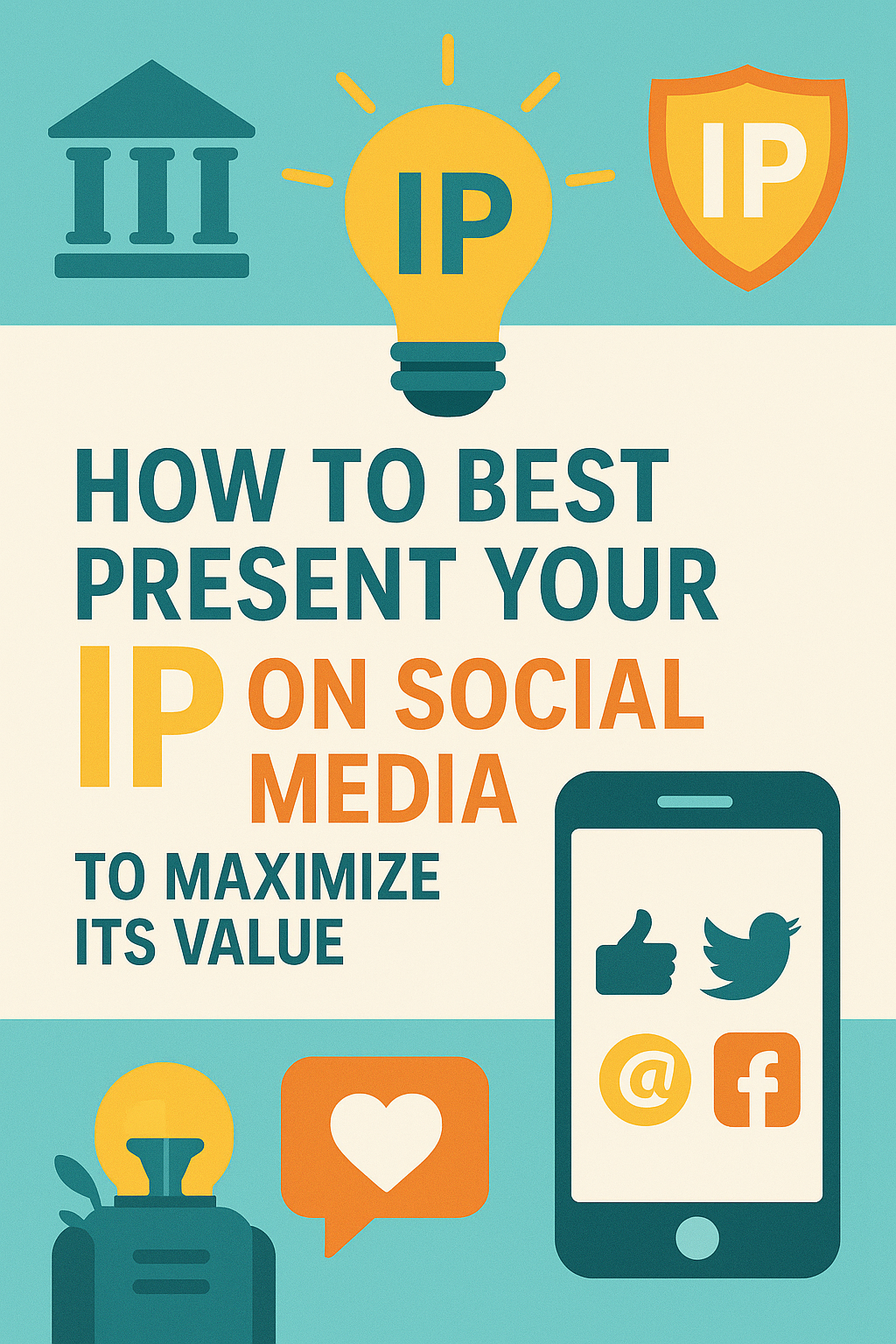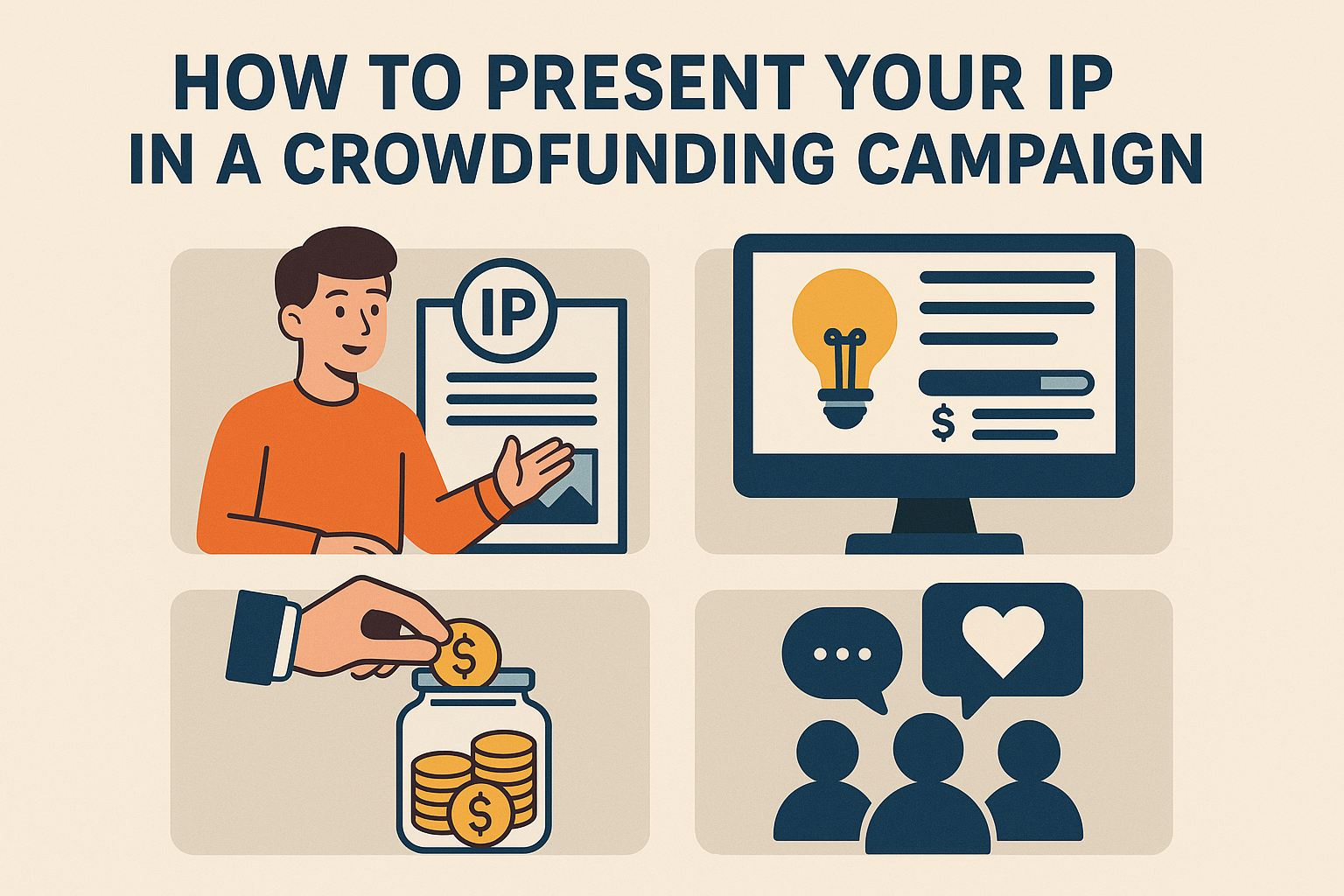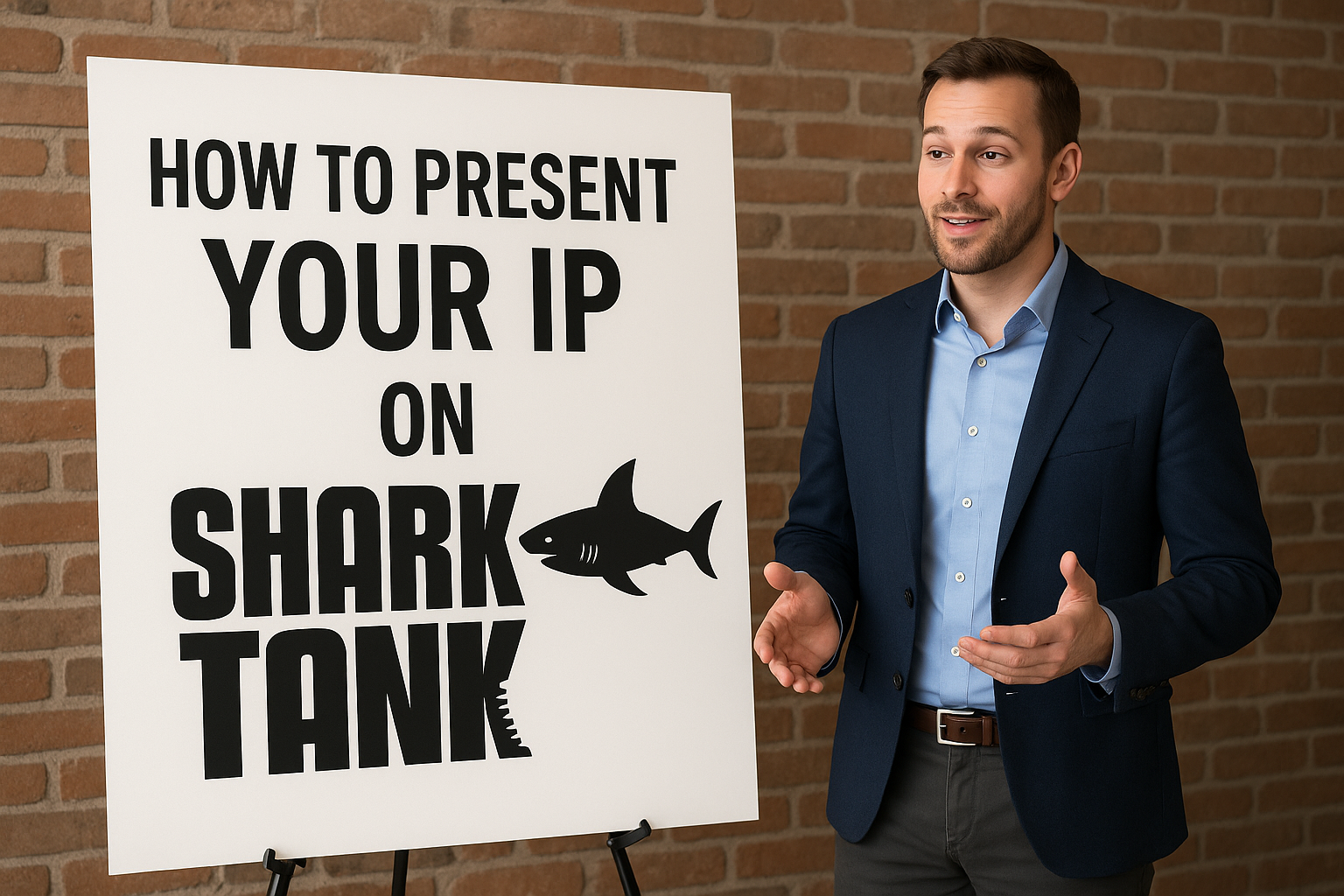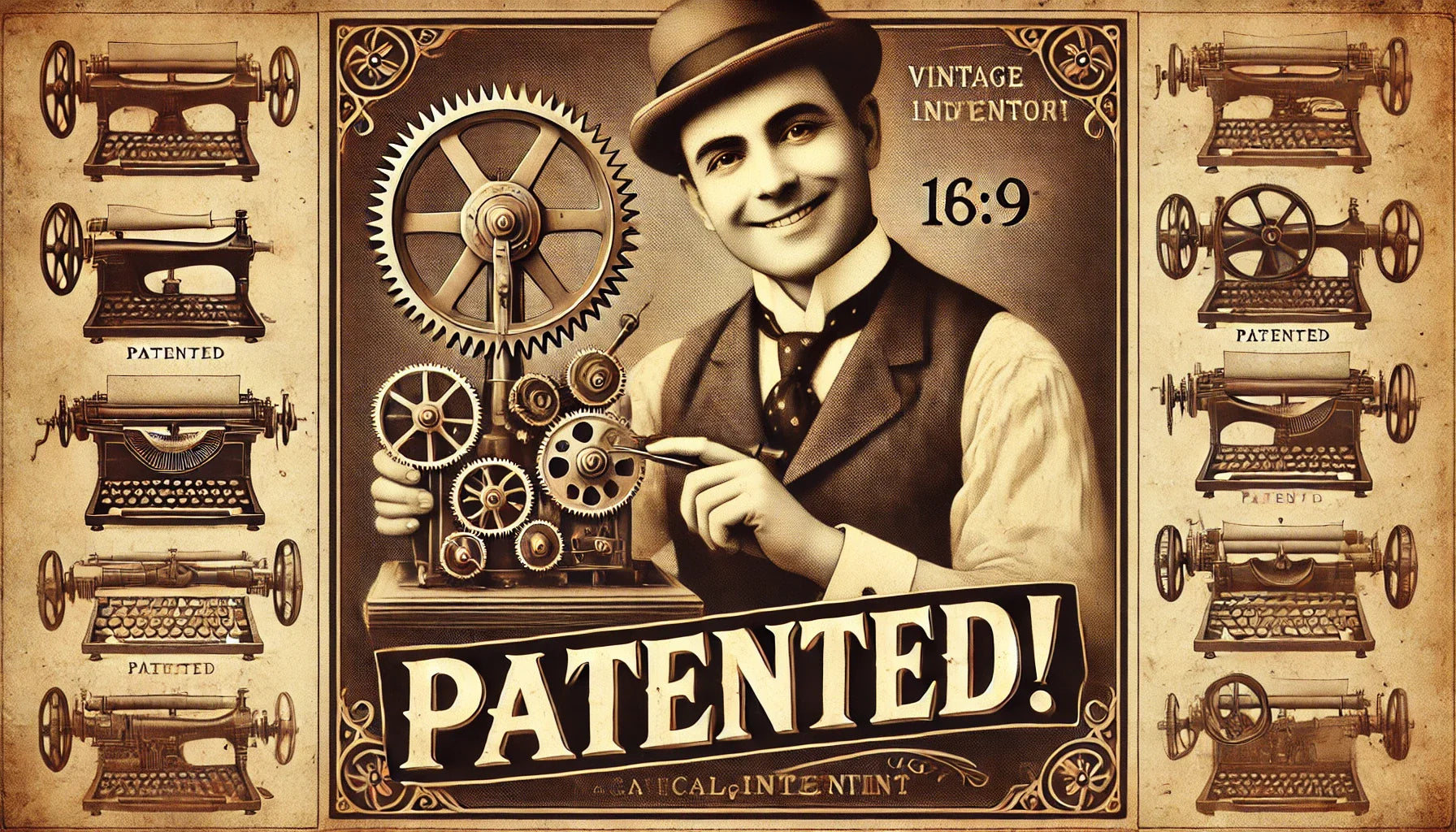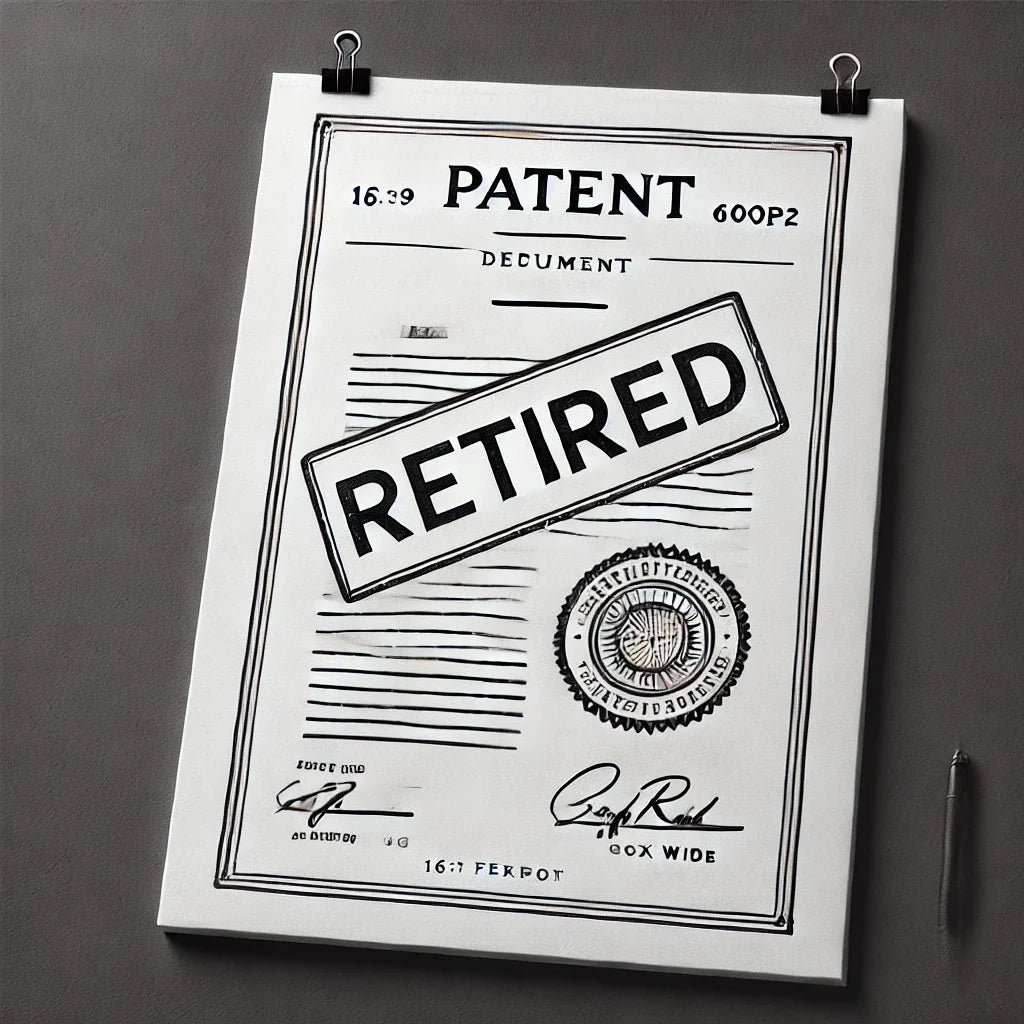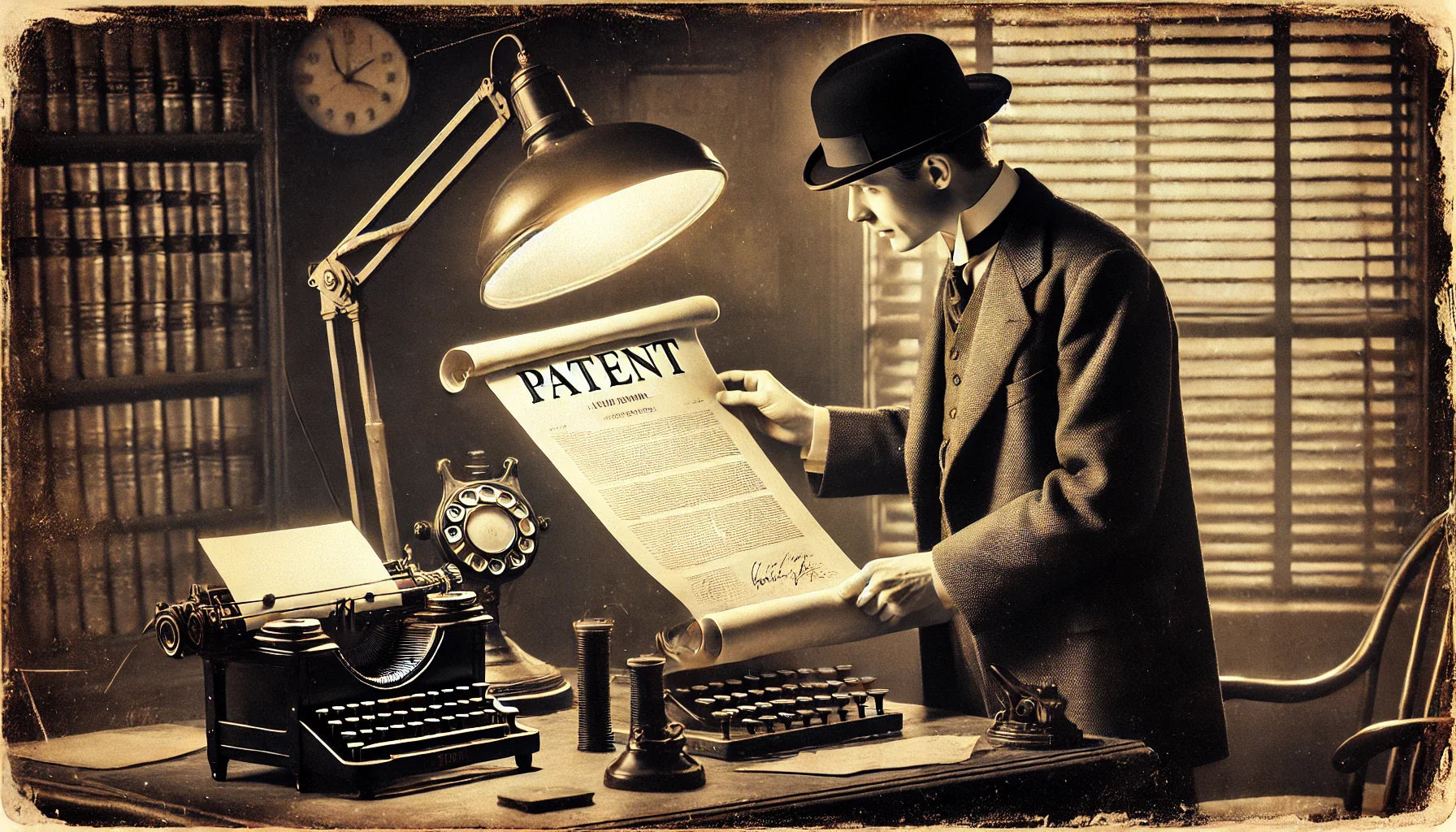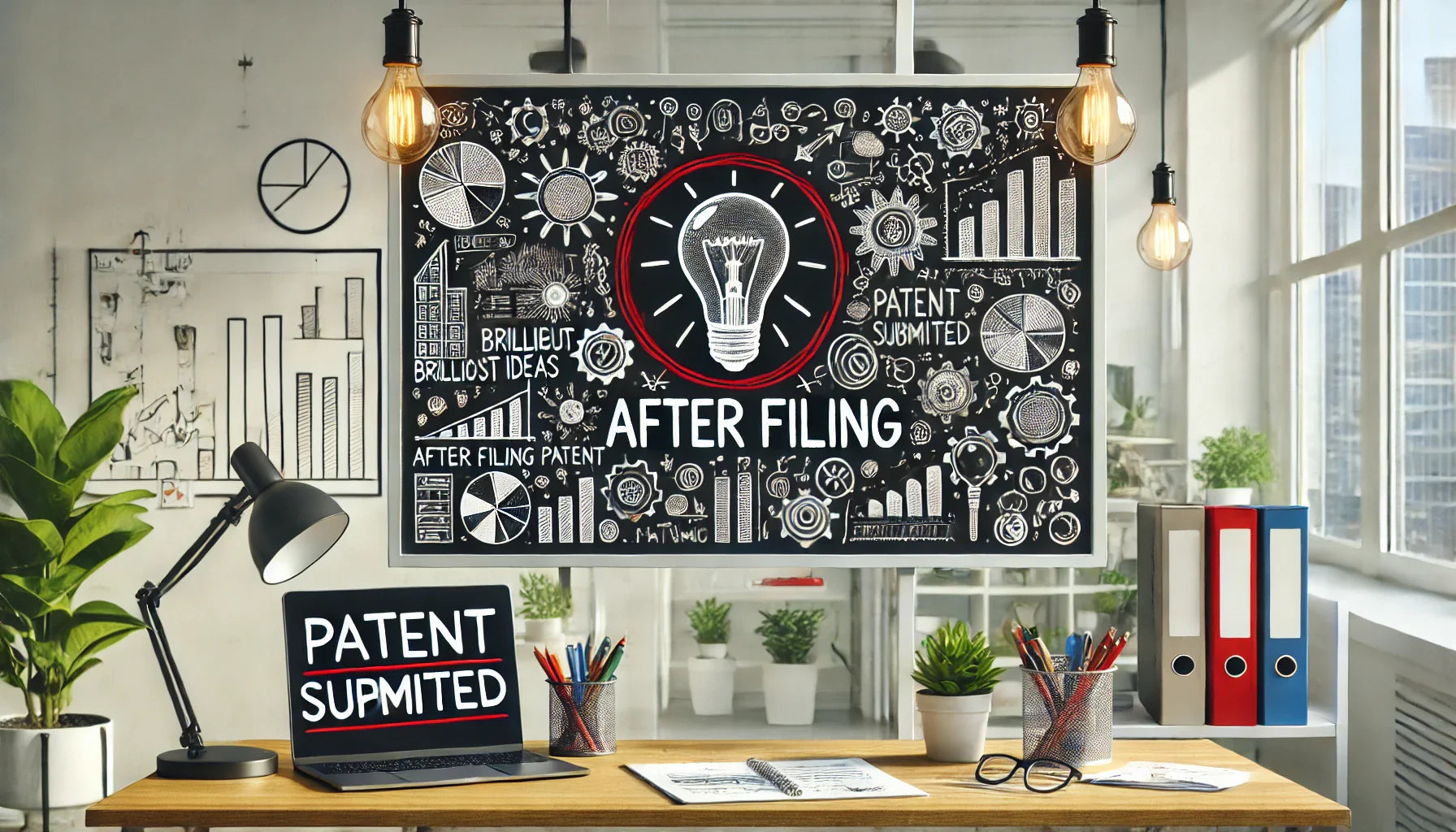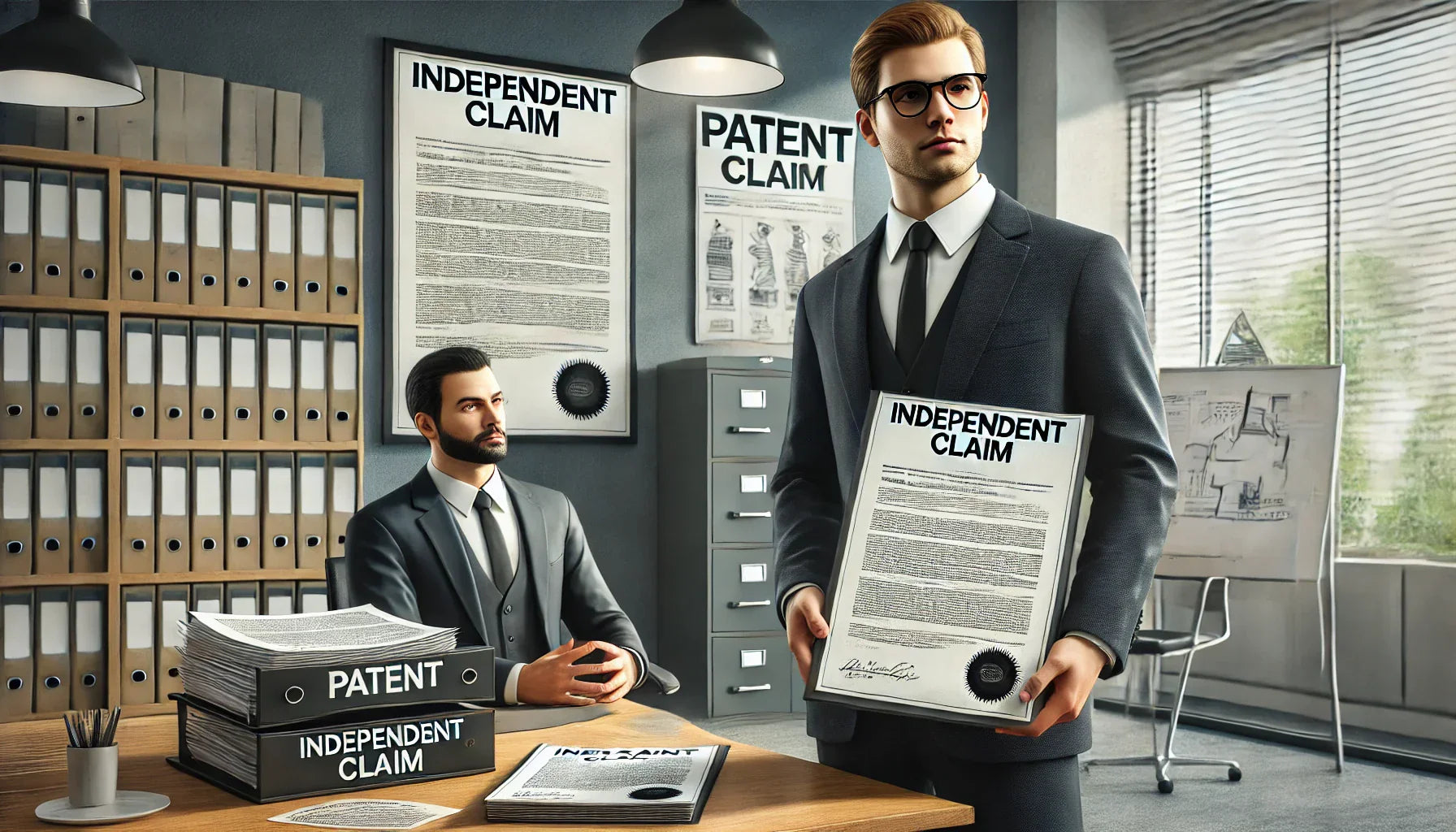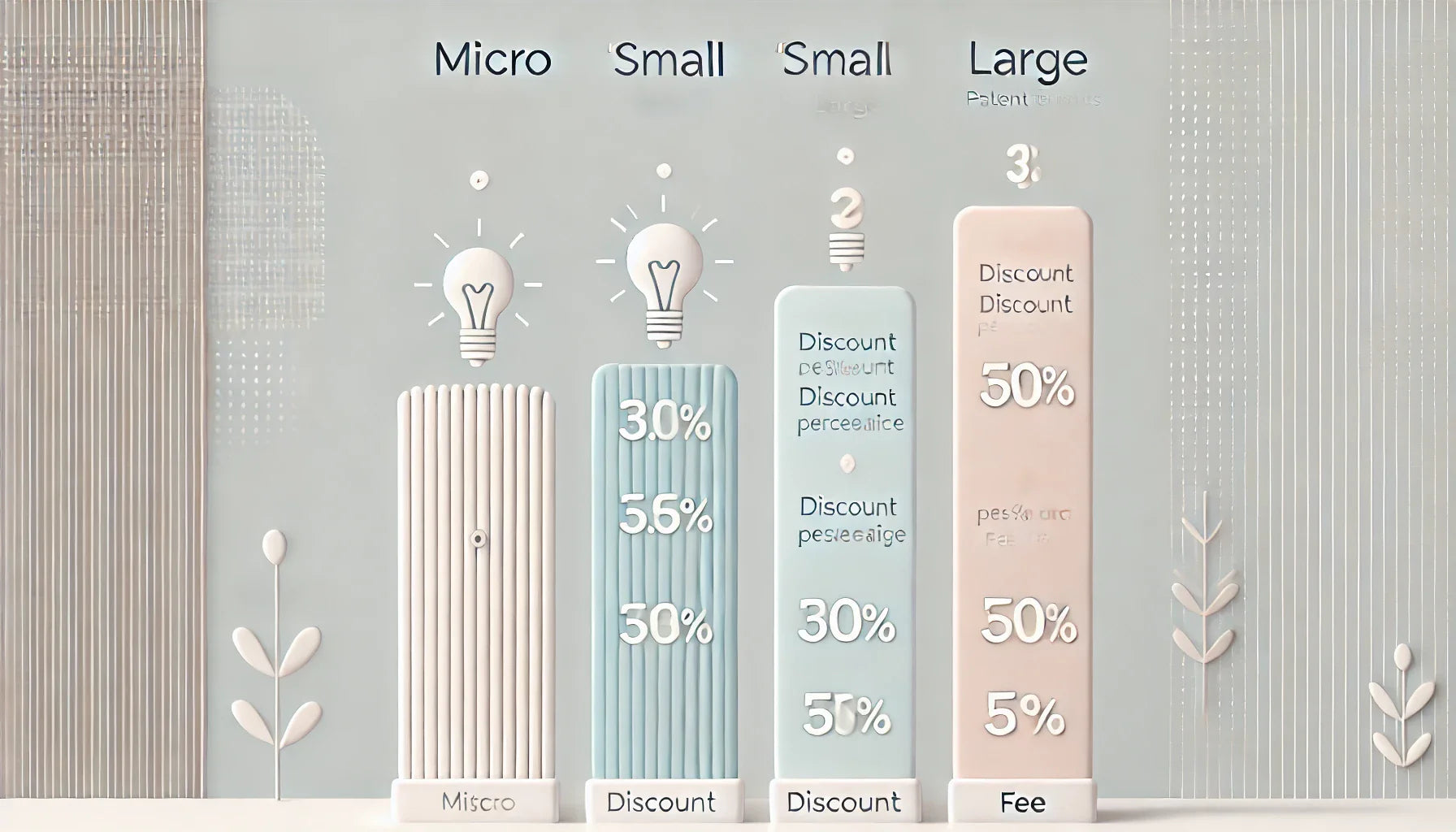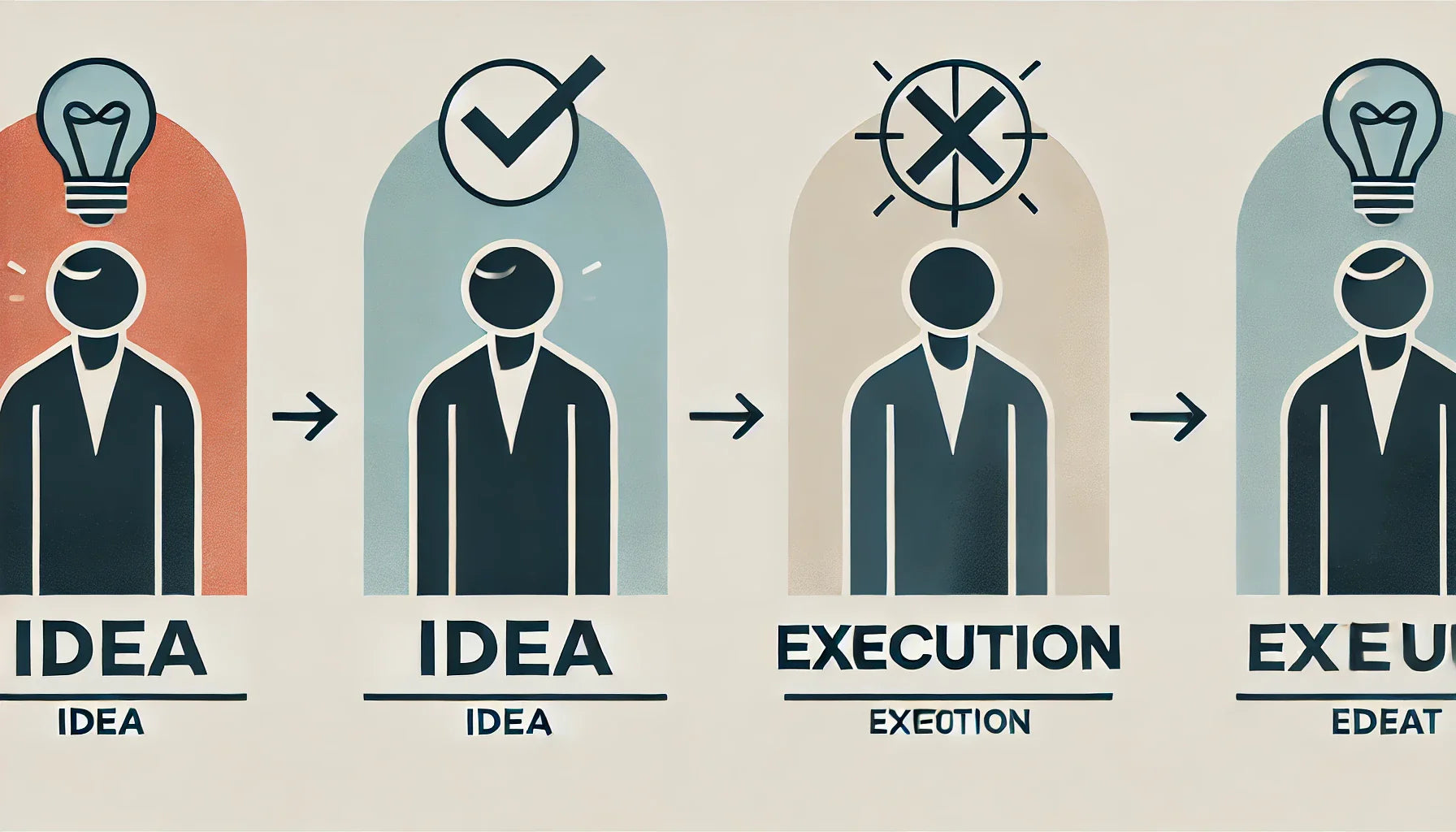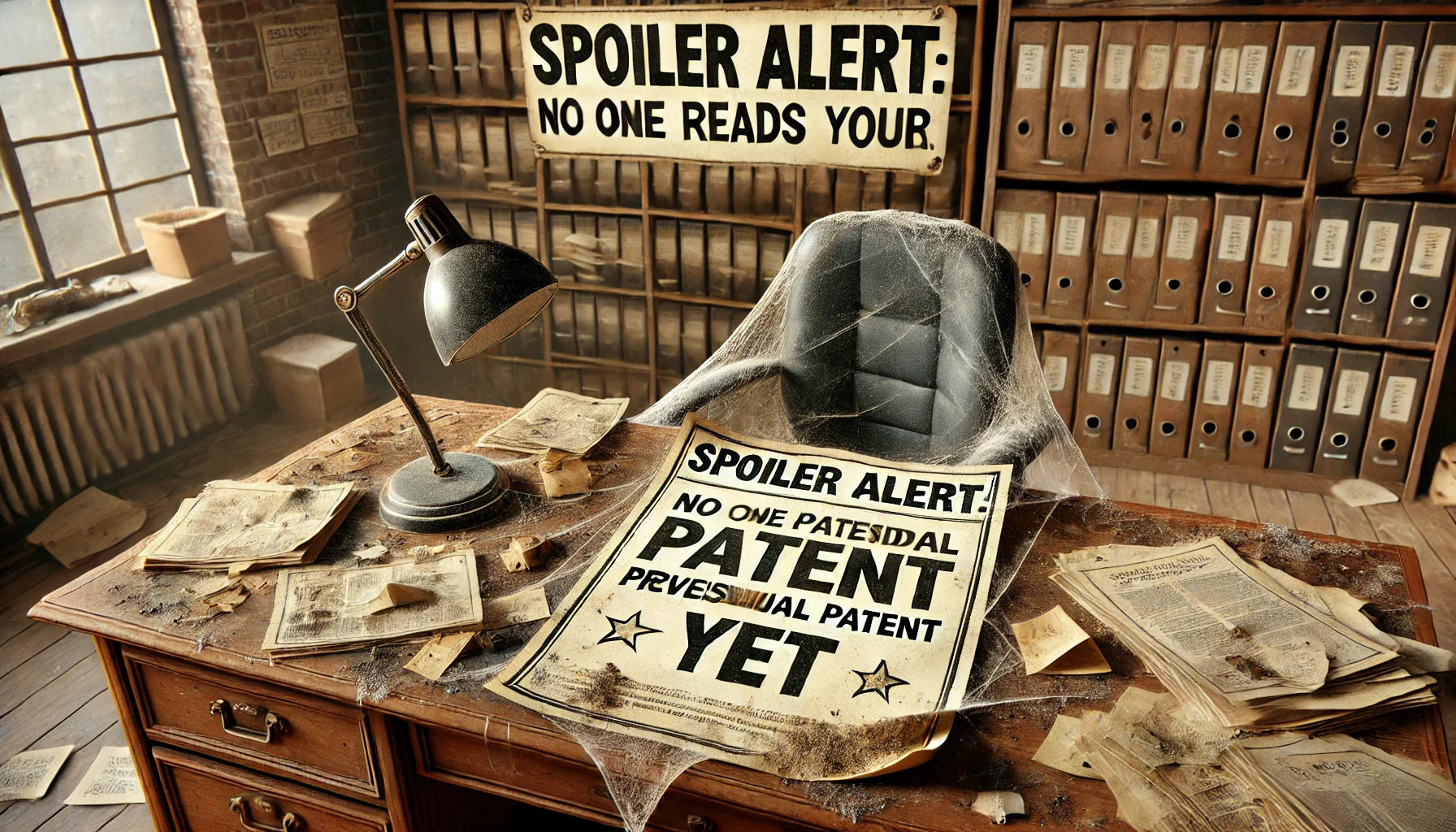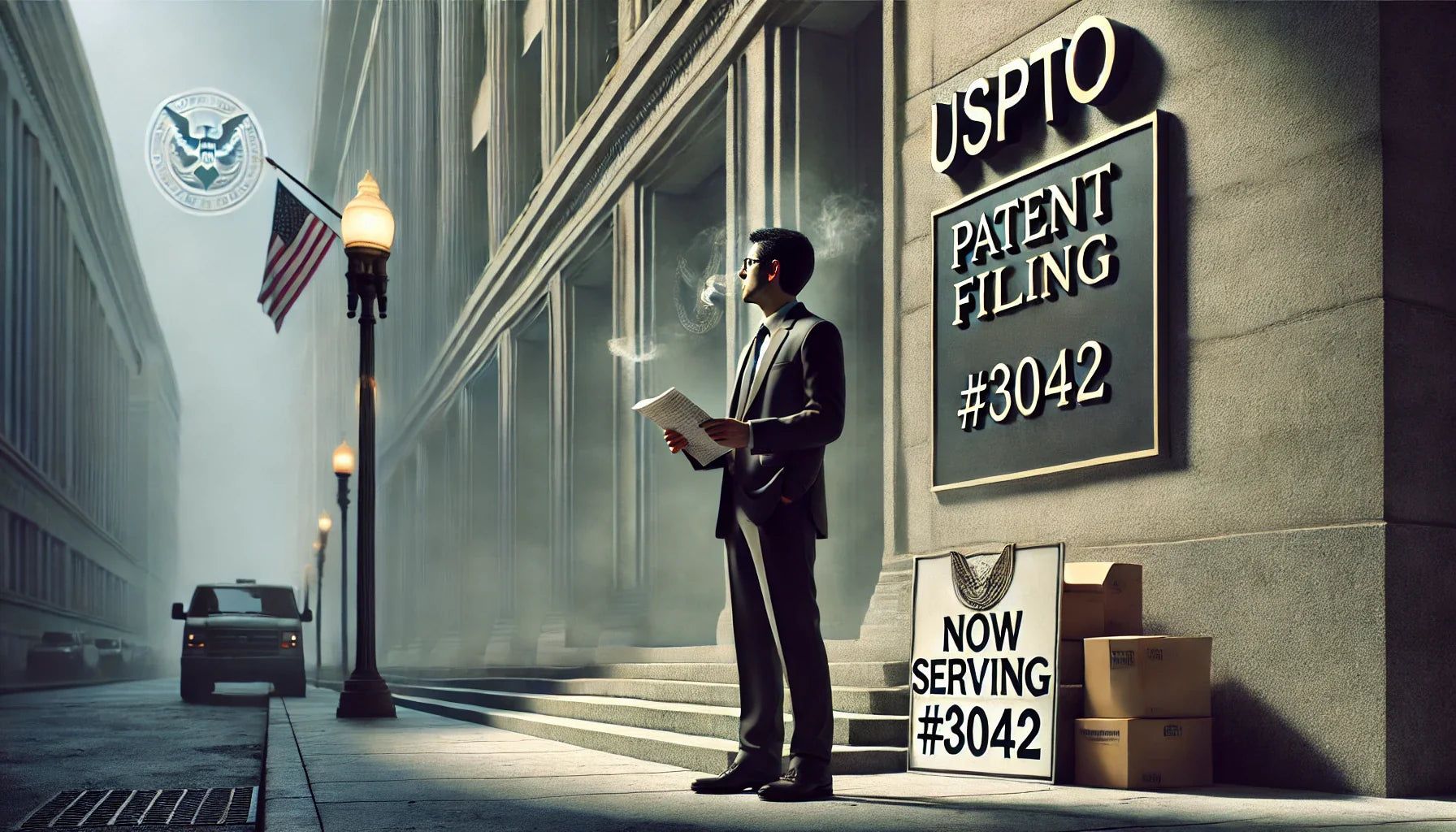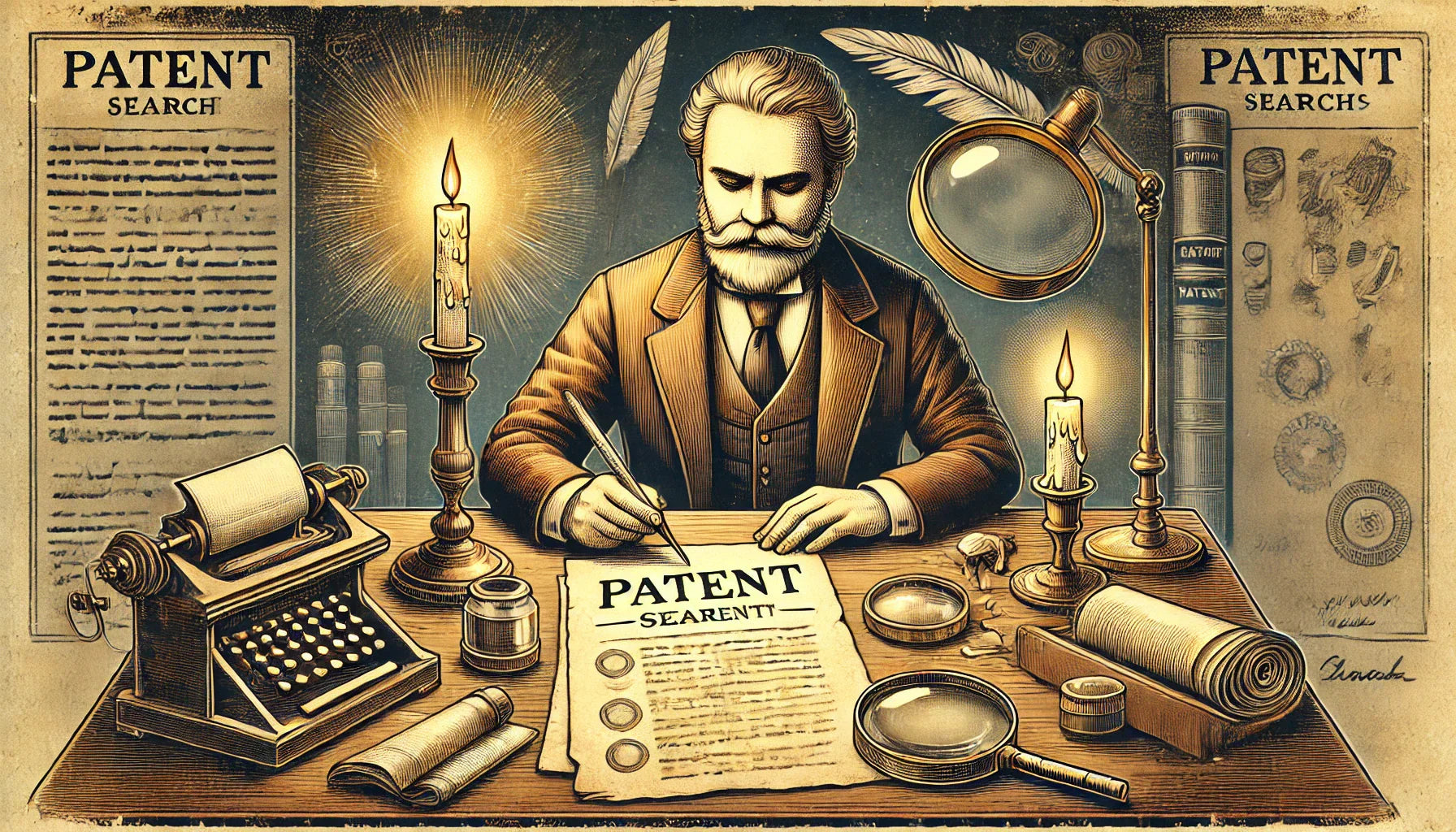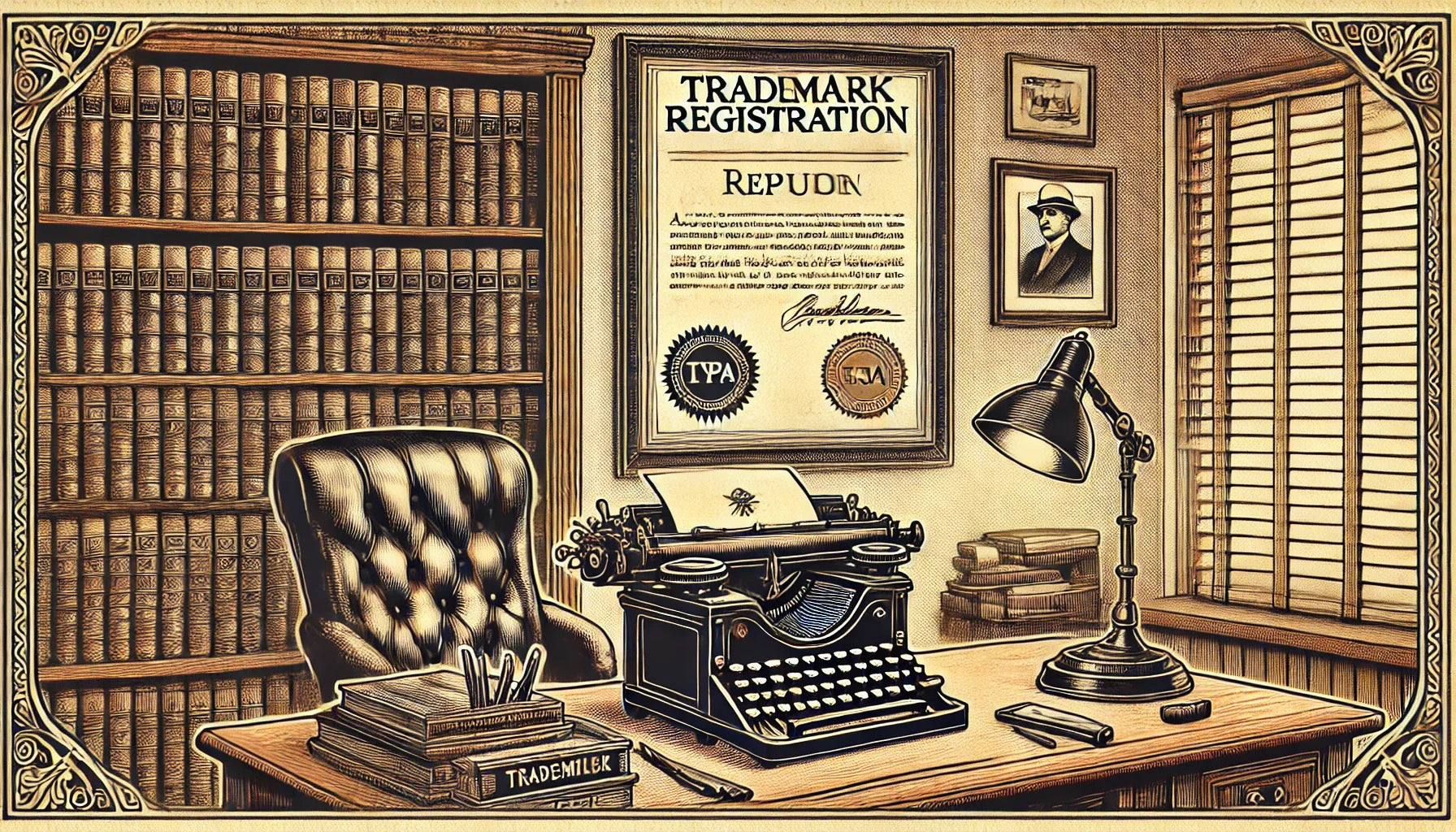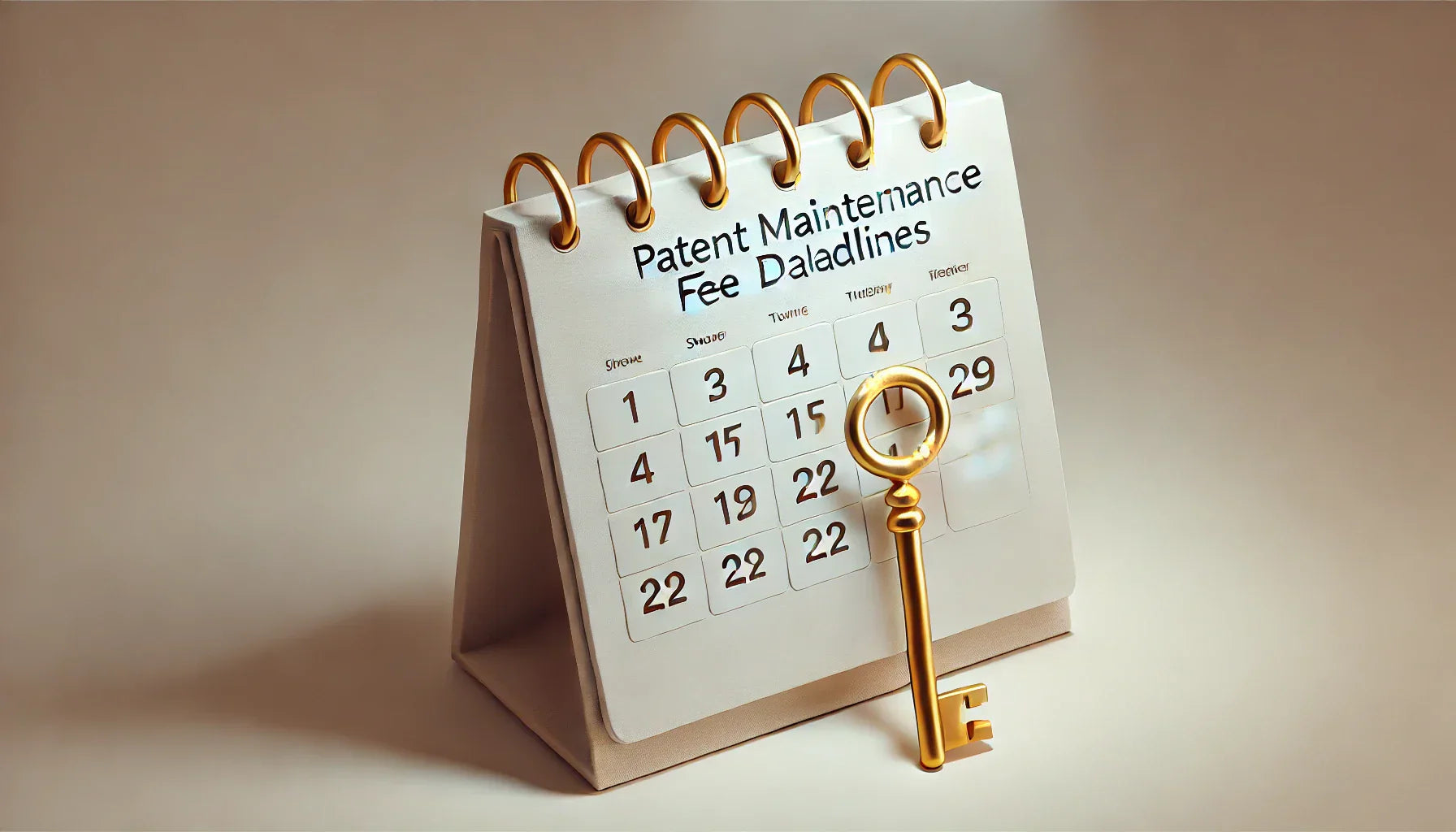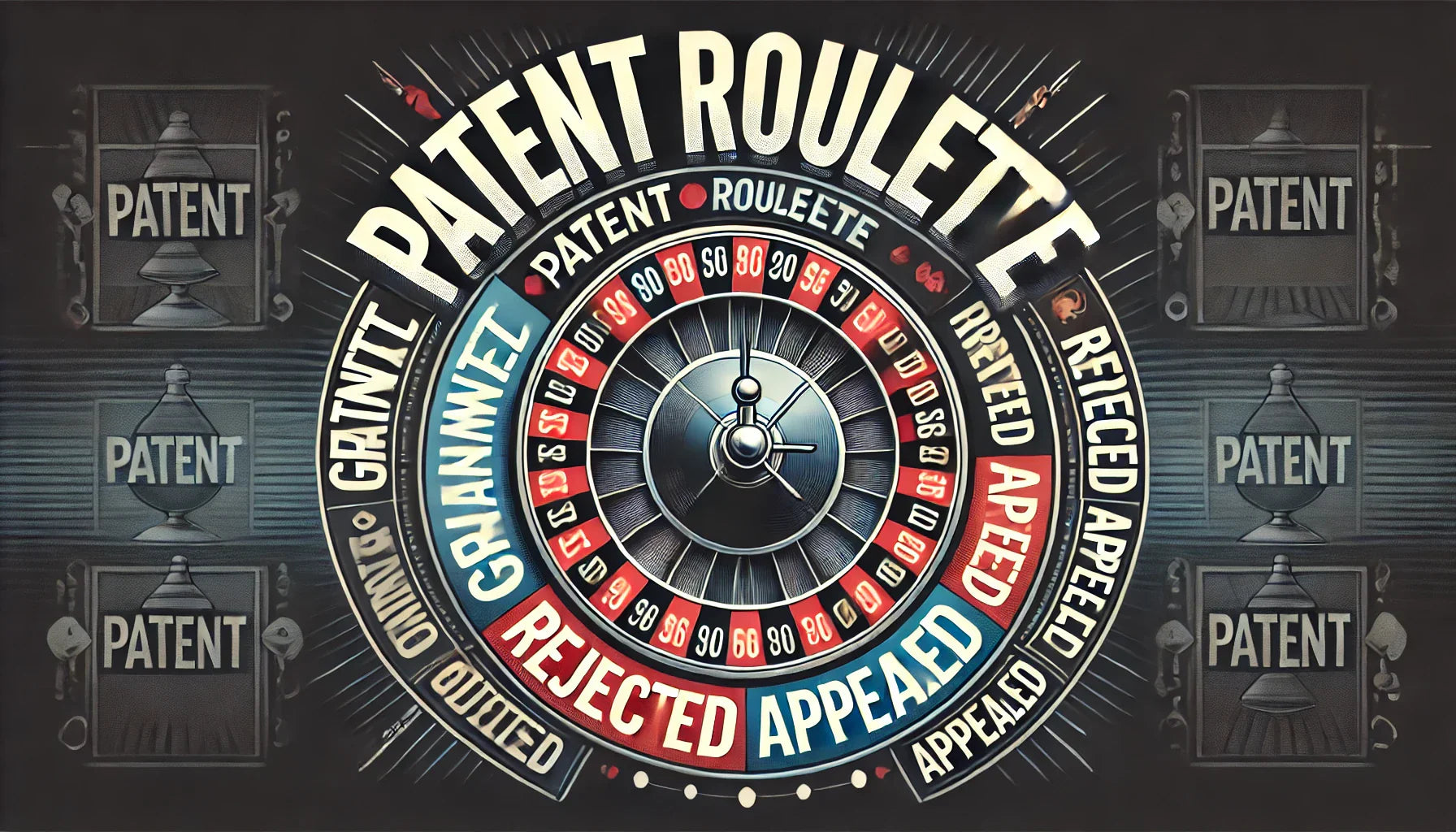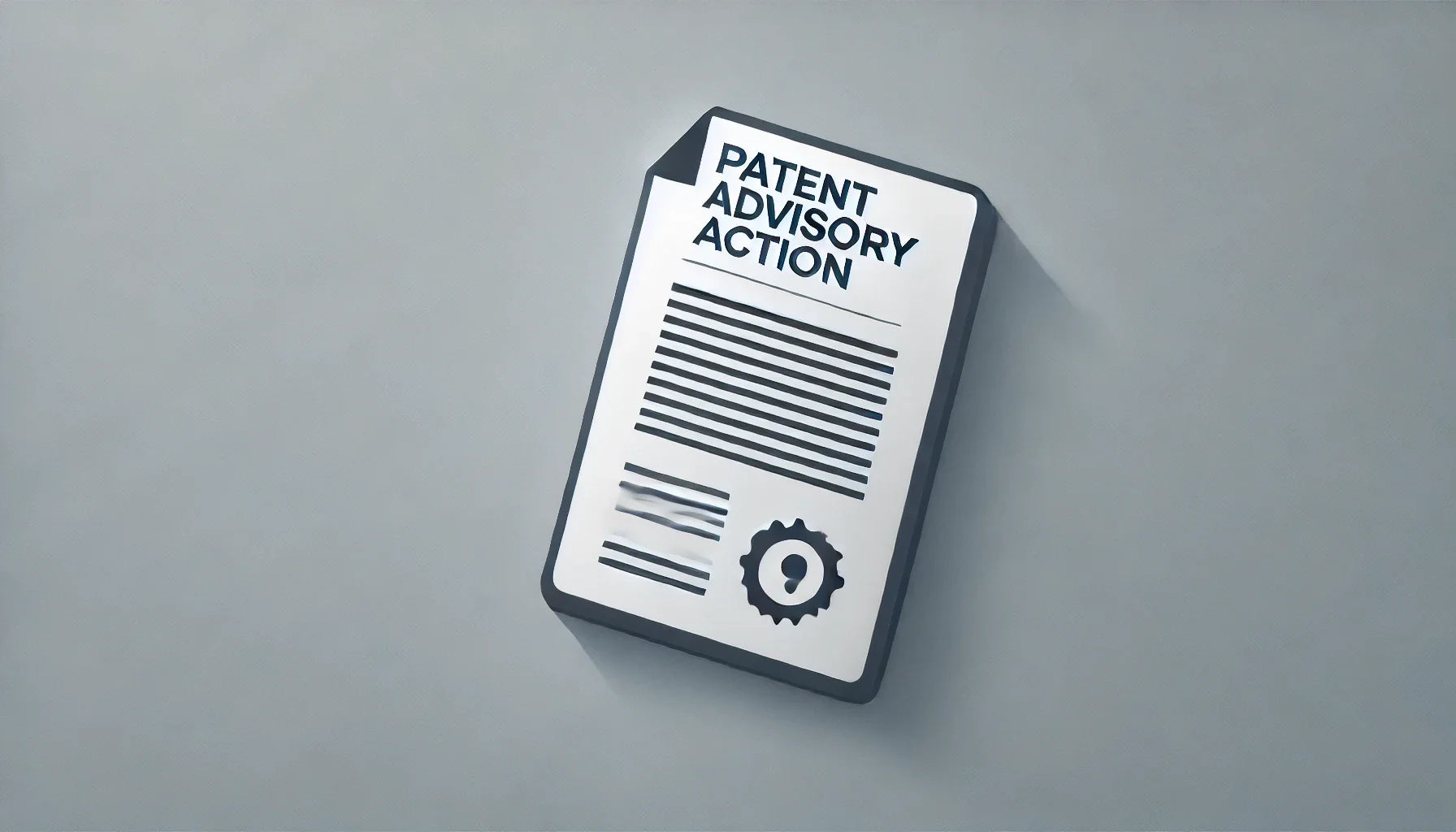Experience | Expertise
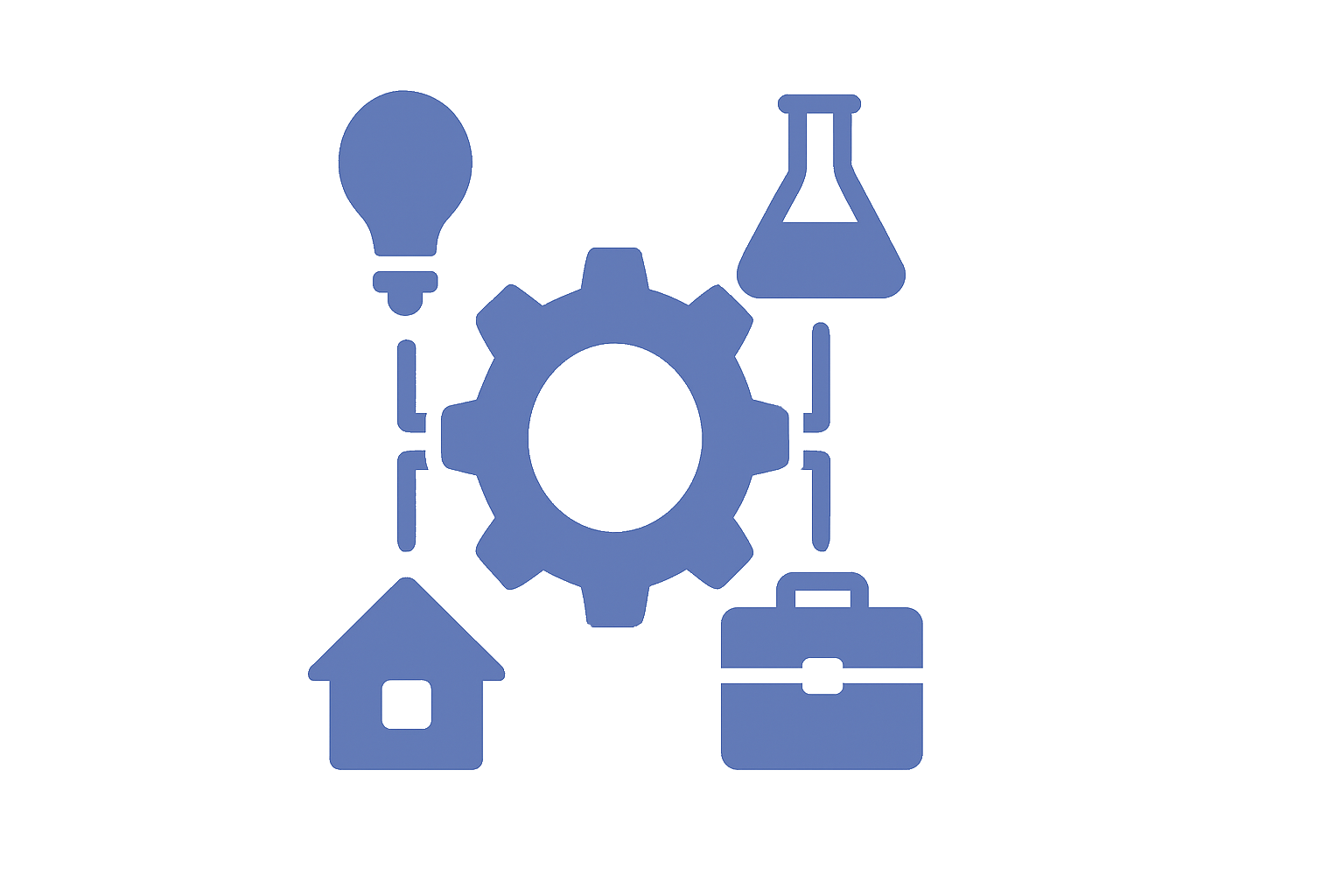
Experience | Expertise
Think your invention’s safe just because it solves a different problem? Think again. This article explains why prior art that teaches your solution—even for unrelated...
Tired of your patent application getting rejected with a red pen? If you're arguing it's just "better, faster, cheaper," you're doing it wrong. Learn why...
Think intent matters in patent law? Think again. This article unpacks why arguing “they didn’t mean it that way” is a one-way ticket to rejection....
Arguing “That’s not how people use it” won’t win a patent. Patent law is about what’s disclosed in the prior art, not practical usage. Learn...
Patent office action rejected your “different purpose” argument? You’re not alone! This article debunks the common myth that using an invention differently makes it patentable,...
Want to show Amazon—and the world—you’re the real brand boss? Learn how to flaunt your intellectual property, scare off copycats, and claim your marketplace throne...
Don’t hide your website’s intellectual property—show it off! Learn how to display IP protection badges, boost customer trust, and add business value with practical steps,...
Want to make your patent the talk of the town? Discover creative, actionable ways to present your IP on social media, build buzz, protect your...
Want to launch your next big idea on Kickstarter or Indiegogo? This step-by-step guide walks you through how to present your intellectual property (IP) for...
Learn the insider secrets to pitching your intellectual property on Shark Tank. From securing patents to clearly communicating value, our guide covers essential strategies, real-world...
Deceptive trademarks can turn clever branding into a legal nightmare. Discover how misleading names trick customers, trigger lawsuits, and wreck reputations. Learn smart strategies to...
Deceptive trademarks can turn clever branding into a legal nightmare. Discover how misleading names trick customers, trigger lawsuits, and wreck reputations. Learn smart strategies to...
Patent review isn’t about your industry, intended use, or wildest dreams. It’s about the invention itself. Learn why examiners only care about what you created...
Even after patents expire or get abandoned, they still have influence! Discover why these "retired" patents can still trip up new applications as prior art,...
Before you file that genius patent idea, there are 4 critical clues we as your attorney look for: novelty, obviousness, abstractness, and enough detail. This...
Filed a patent then had a lightbulb moment? Too late to sneak it in! Learn how continuation and continuation-in-part applications can save your upgraded invention...
Patent attorneys aren’t art critics, but they do care about clarity. Learn what kinds of sketches, photos, and diagrams you should (and shouldn’t) submit when...
Independent and dependent claims are the Batman and Robin of your patent. One goes solo; the other adds flair. Learn how these dynamic claims define...
Before you file that patent, figure out your entity size—micro, small, or large. It’s not just paperwork; it affects how much you’ll pay. This guide...
Who qualifies as an inventor on a patent? Whether it’s a utility or design application, the answer isn’t always obvious. This fun, detailed guide breaks...
Tired of cheap knockoffs stealing your Amazon sales? Learn how launching a low-cost version of your own product under a different brand can help you...
Think your provisional patent is being reviewed? Think again. No one’s reading it—yet. Learn why provisionals are placeholders, not protection, and what you must do...
Getting a USPTO filing receipt? Congrats, but don’t uncork the champagne just yet. That receipt just means you’ve entered the waiting game. Discover what actually...
Thinking of handling your own patent or trademark search? You might want to think again! A DIY search can be risky, as missing similar patents...
Struggling to access your own medical records? This guide breaks down the step-by-step process with humor and clarity—so you can unlock your health history without...
A trademark registration certificate is a vital document that grants legal ownership of a brand’s identity. It provides exclusive rights, protects against infringement, and strengthens...
Patent maintenance fees are the hidden costs of innovation, ensuring patents remain enforceable. Miss a payment, and your rights vanish! This guide breaks down deadlines,...
Trademarks can last forever—if you maintain them! Learn when to file, what fees are due, and why proof of use is essential. Don’t let your...
Navigating the USPTO’s patent system can feel like playing roulette. Understanding art unit allowance rates, examiner tendencies, and appeal success rates can help you strategize...
Understanding Patent Office Actions and Advisory Actions is crucial for navigating the USPTO process. Learn what these terms mean, how to respond, and the best...




